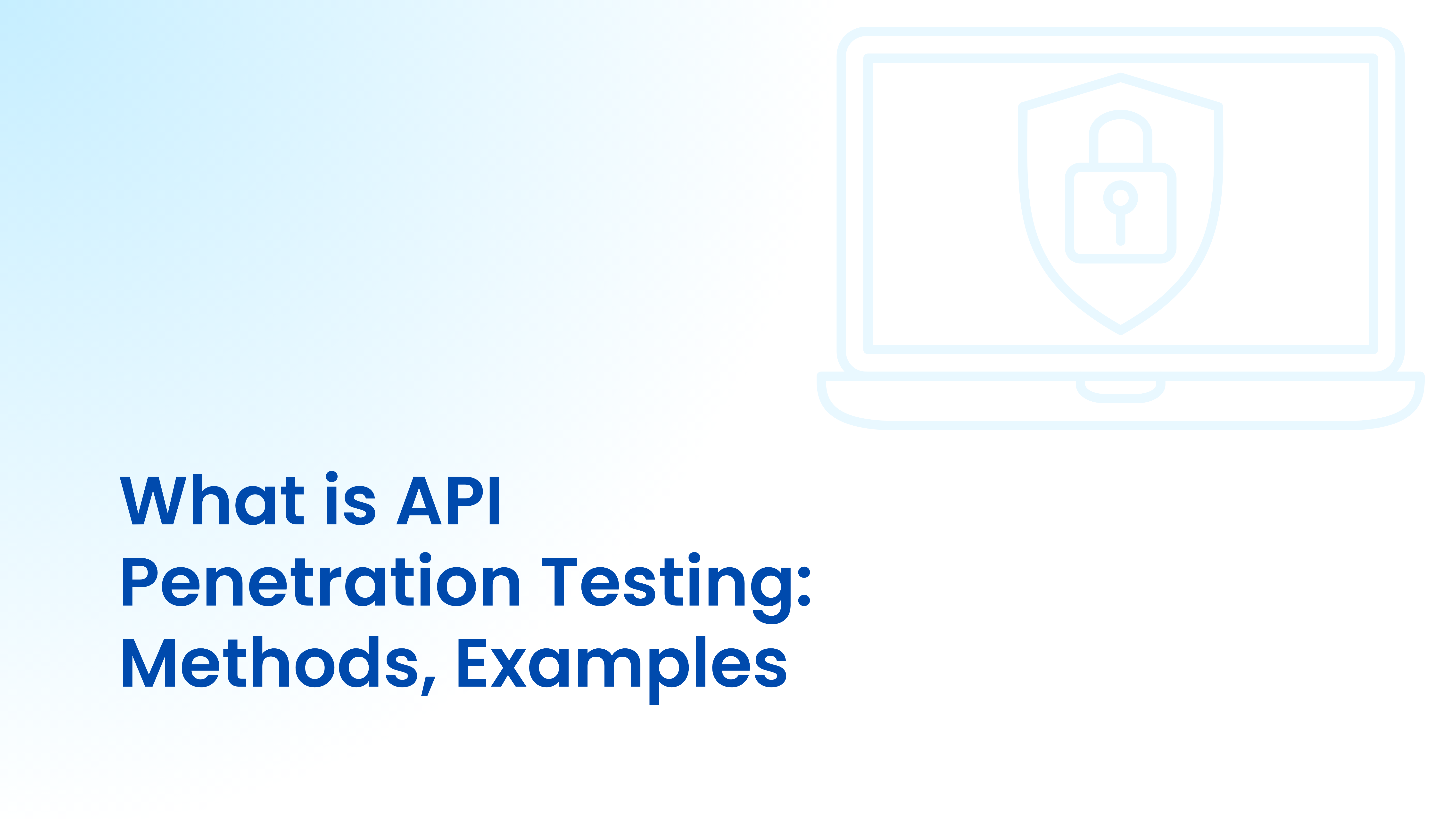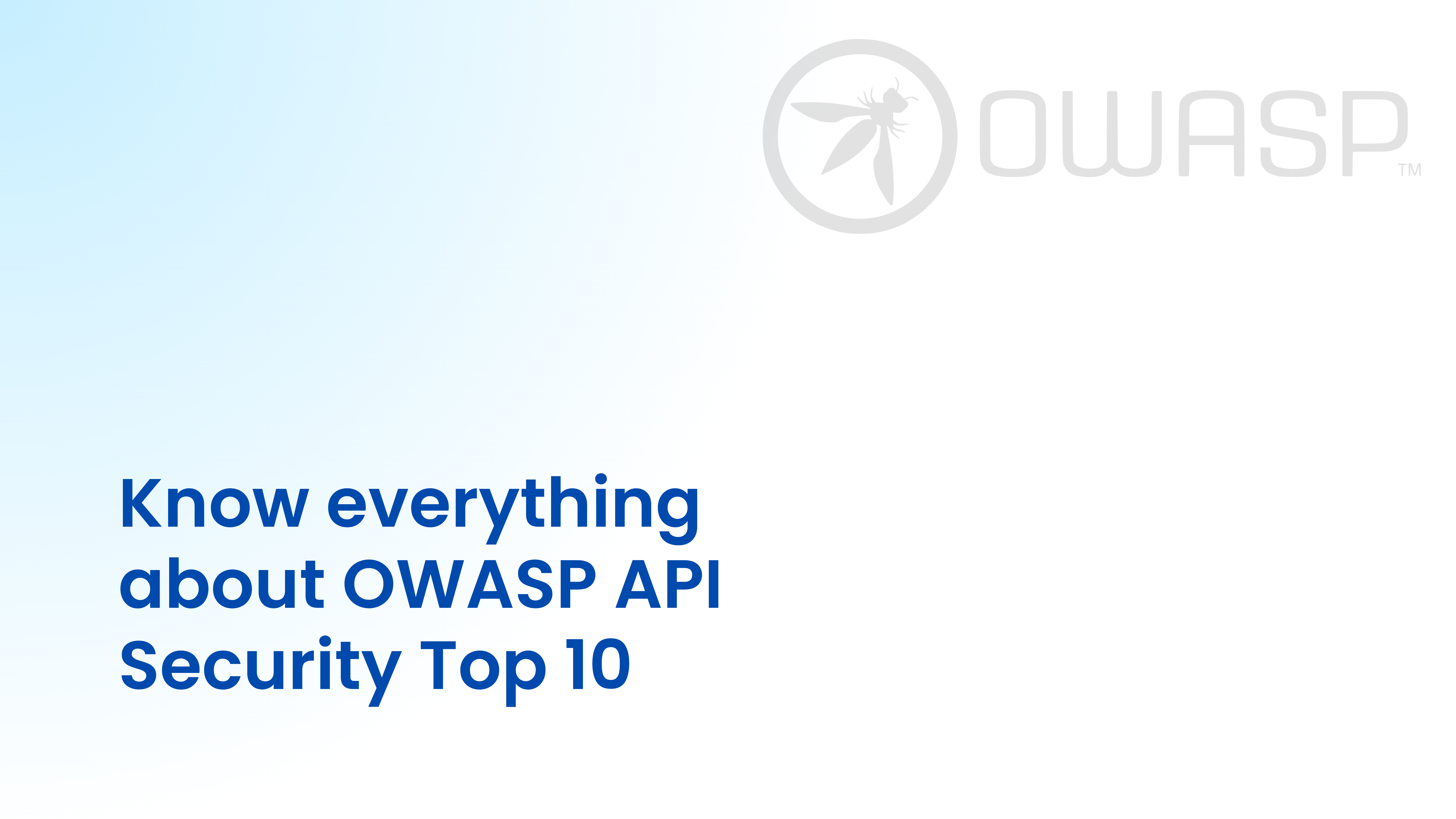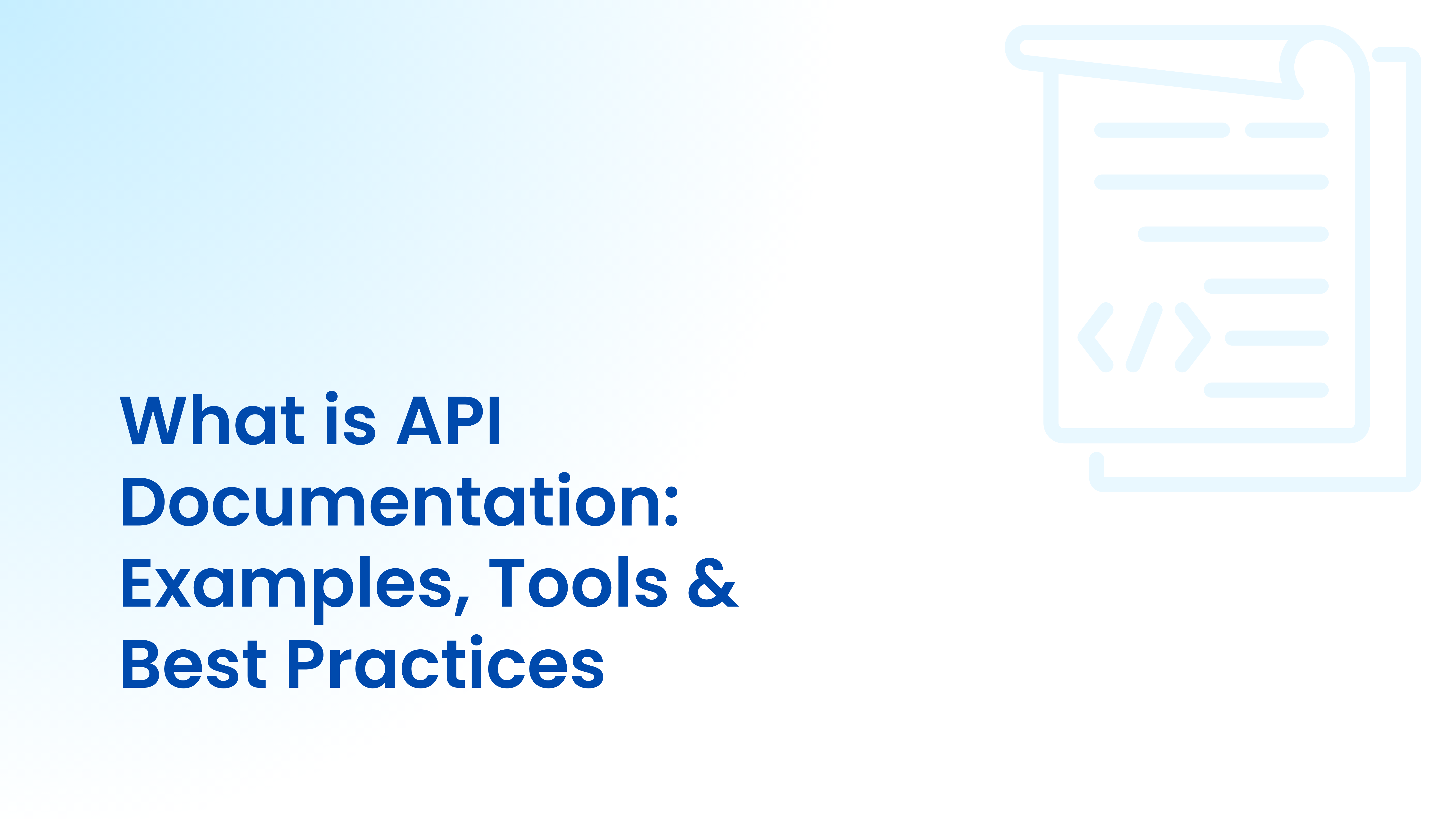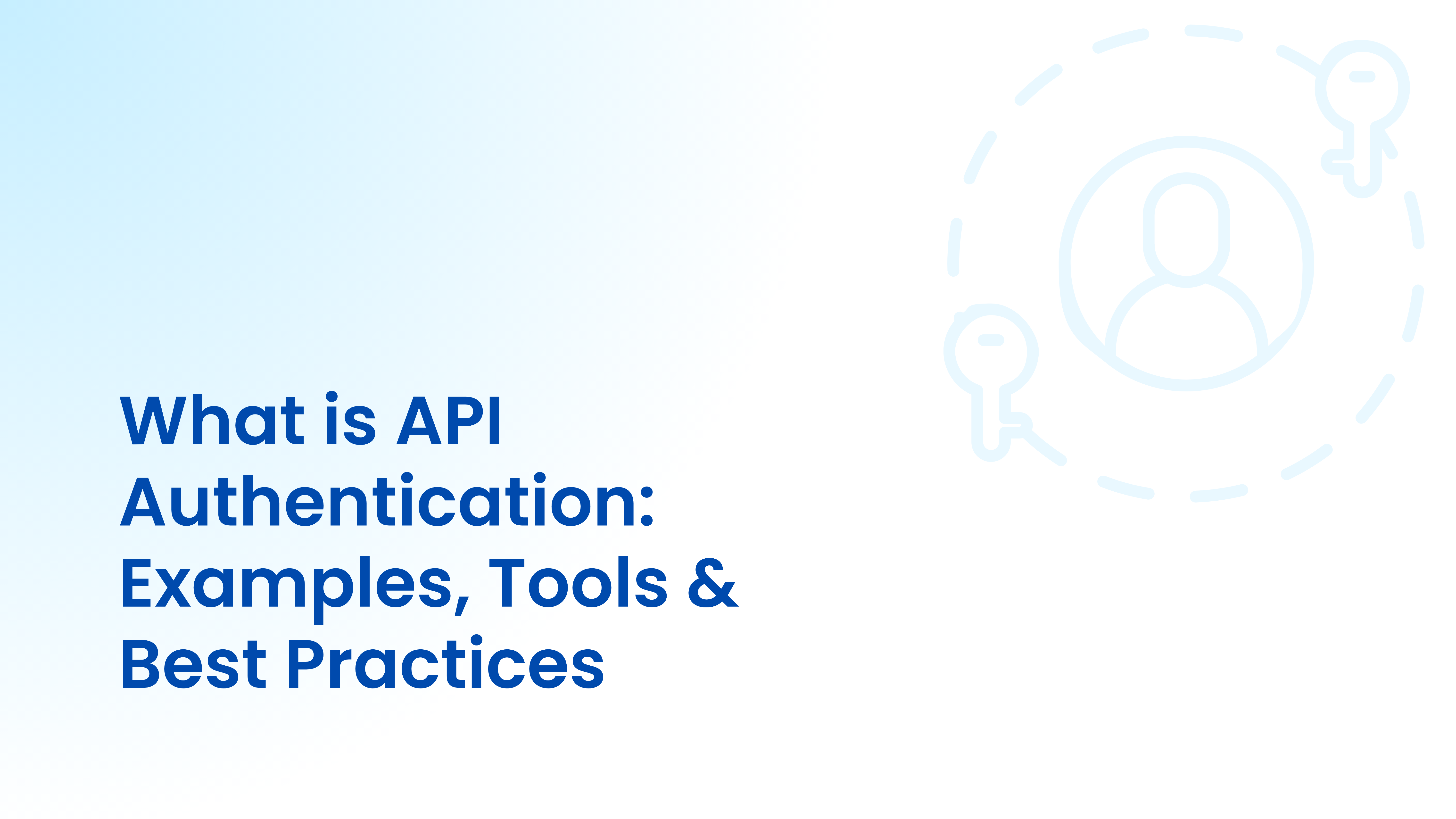APIs now drive over 90% of digital interactions, yet most organizations lack awareness of their full API inventory and exposure points. As cloud adoption, microservices, and third party integrations increase, unmanaged and undocumented APIs quickly expand the attack surface.
The primary challenge is not building APIs, but discovering and securing them. Traditional inventory methods, static documentation, and manual audits cannot keep pace with dynamic, distributed environments. Shadow and zombie APIs often go undetected, creating blind spots that attackers exploit before security teams can respond.
API Discovery Tools solve this visibility gap. They continuously identify, classify, and contextualize every API across hybrid and multi cloud systems with internal, external, partner, or third party APIs. By automating inventory creation and enriching it with live risk signals, these tools turn discovery into a security, compliance, and operational enabler.
Below is a list of the Top 10 API Discovery Tools for 2025, ranked based on their depth of coverage, level of automation, and readiness for enterprise environments. Rankings consider each tool’s effectiveness in discovering APIs, integration capabilities, scalability, and operational efficiency.
TL;DR
Explore the 10 most recommended API Discovery Tools of 2025: Levo.ai, Traceable.ai, Rapid7, Akto, Inviciti, Qualys, Salt Security, StackHawk, Akamai Security, and Orca Security. These platforms provide comprehensive API visibility, detect shadow and zombie APIs, and secure distributed environments through automated, continuous discovery.
What are API Discovery Tools?
API discovery tools automatically identify, catalog, and classify APIs across organizational environments. They uncover shadow, orphaned, and undocumented APIs, providing visibility into data flows and associated risks. These tools are fundamental to API security, governance, and compliance by ensuring continuous and accurate API inventory management.
API discovery tools analyze network traffic, gateways, and code repositories to detect both active and dormant APIs. They leverage machine learning and pattern recognition to identify endpoints, methods, and data types, automatically mapping the API ecosystem for visibility, risk assessment, and ongoing governance.
Why are API Discovery Tools essential?
API discovery tools are essential for eliminating API sprawl and establishing real-time visibility into an organization’s complete API footprint. Without automated discovery, teams lack awareness of shadow, zombie, or low-traffic endpoints that attackers can exploit.
API Discovery Tools like Levo continuously build a complete, context-rich inventory by observing traffic directly at the OS layer via eBPF sensors, capturing every API call before encryption, without requiring code changes or inline agents. This ensures coverage across REST, GraphQL, gRPC, and SOAP APIs, including internal, partner, and third party integrations.
Enriching each endpoint with live risk signals, authentication details, sensitive data exposure, and reachability makes API discovery foundational for security, compliance, and developer productivity.
Teams can align testing with actual risk, automatically detect new APIs with each deployment, and accelerate remediation. API discovery serves as the control plane for secure, scalable, and resilient API-driven enterprises.
When to use API Discovery Tools?
Organizations should use API discovery tools when managing large, distributed, or rapidly changing API environments. These tools are critical during cloud migrations, microservice adoption, or post-acquisition integration, when visibility gaps can create security risks, compliance issues, or inefficiencies.
API discovery tools are essential when managing complex, fast evolving API ecosystems. Gartner reports that over 40% of organizations have shadow or unmanaged APIs exposing sensitive data, while 60% of API breaches stem from unknown or outdated endpoints.
When evaluating API discovery tools, enterprises should prioritize depth, automation, and scalability in addition to visibility. The ideal platform continuously uncovers all APIs, enriches them with actionable context, and integrates seamlessly into existing ecosystems without disrupting performance or developer workflows.
What to look for when choosing API Discovery Tools?
When evaluating API discovery tools, enterprises should focus on depth, automation, and scalability, not just visibility. The right platform should continuously uncover every API, enrich it with actionable context, and integrate seamlessly into existing ecosystems without disrupting performance or developer workflows.
- Comprehensive, Continuous Coverage
The tool should automatically discover all API types, including internal, external, partner, third party, and open source APIs, across REST, GraphQL, gRPC, and SOAP, ensuring no endpoint remains hidden or unmanaged.
- Agentless and Low Overhead Architecture
Seek eBPF based or agentless instrumentation that captures traffic at the OS layer before encryption or abstraction, without requiring code changes, proxies, or inline agents that may introduce latency or risk.
- Sensitive Data Awareness
The platform should automatically flag APIs carrying sensitive data such as PII, PHI, or PCI, and prioritize them based on exposure and authentication context to support risk-aligned security decisions.
- Real Time Risk Context
Each discovered endpoint should be enriched with live metadata, authentication schemes, rate limits, reachability, and status codes to enable real time filtering, grouping, and actionable risk scoring.
- Auto Update and Version Tracking
Continuous monitoring and version control are essential. The tool must detect new APIs as they are deployed, track changes, and generate version histories to prevent drift and duplication.
- Flexible Integration Options
Ensure compatibility with existing ecosystems such as Burp Suite, Postman, Kubernetes, Docker, Kong, Akamai, or Rapid7, using both agentless and code based methods, including HAR, PCAP, and log ingestion.
- Full Visibility Without Performance Tradeoffs
Out-of-line sensors should passively observe traffic to ensure zero impact on production performance while maintaining complete discovery fidelity.
- Support for Complex and Air Gapped Environments
The tool should offer deployment flexibility for disconnected, hybrid, or regulated environments, supporting air-gapped or restricted networks without sacrificing visibility.
- Actionable Insights for Security, Compliance, and Development
Beyond discovery, the platform should enable faster incident response, risk based testing, and API reuse across teams, making the inventory a strategic asset rather than solely a security function.
- Proven Scalability and Efficiency
Enterprise grade discovery should scale across thousands of microservices while efficiently managing system resources to minimize operational overhead.
Top 10 API Discovery Tools in 2025
Review this curated list to see how API Discovery Tools can transform your software delivery approach. Each entry highlights how these tools streamline workflows, enhance collaboration, and improve development outcomes.
1. Levo.ai
Overview:
Levo.ai delivers end to end API security with 100% visibility across internal, external, third party, and partner APIs. It combines eBPF powered runtime discovery with code and log instrumentation to auto generate an accurate, behavior aware API inventory enriched with metadata like auth schemes, rate limits, and sensitive data flows.
Integrations:
GitHub, GitLab, Jenkins, Jira, AWS, GCP, Slack, Kubernetes, Postman, Burp Suite.
Pros:
- True end to end SDLC coverage from dev to production.
- Agentless and privacy safe (no sensitive data leaves the environment).
- Fully automated testing and remediation without manual overhead.
Cons:
- Newer entrant compared to legacy vendors.
Features:
- 100% API discovery and behavior mapping.
- Auto generated documentation and version control.
- Continuous, role aware attack simulation.
- Built-in remediation and ticketing.
Pricing:
Custom enterprise pricing, typically 1/10th of competitors’ cost, minimizing egress and compute overhead.
G2 Rating:
2. Traceable.ai
Overview:
Traceable.ai focuses on runtime API security, offering attack detection, behavioral analytics, and fraud prevention. It captures full traffic payloads for deep analysis, enabling SOC teams to respond quickly to threats. However, its discovery coverage is limited to active, external endpoints, missing internal and low traffic APIs.
Integrations:
AWS, Azure, GCP, Datadog, Splunk, ServiceNow, Jira, Okta.
Pros:
- Mature runtime defense and SOC alignment.
- Effective traffic analytics and incident response tools.
Cons:
- Lacks meaningful shift left and pre production coverage.
- High compute and data storage costs due to full payload capture.
Features:
- Runtime API discovery and attack detection.
- Anomaly detection and forensic analytics.
- Built-in WAF and bot defense integrations.
Pricing:
Enterprise custom pricing based on traffic volume, costs scale linearly with API load.
G2 Rating:
3. Rapid7
Overview:
Rapid7 offers API security primarily through its application security module, providing point in time DAST scans that meet compliance requirements but lack continuous runtime visibility. It’s best suited for audit driven organizations but not for teams seeking proactive protection.
Integrations:
Jira, Jenkins, Splunk, AWS, Azure, GCP, GitHub.
Pros:
- Familiar interface and mature reporting for compliance.
- Centralized vulnerability dashboard.
Cons:
- No continuous monitoring; blind spots between scans.
- Scan heavy architecture increases infra cost and delays.
Features:
- DAST scanning and compliance tracking.
- Vulnerability dashboards and risk scoring.
- Automated ticketing integration with Jira.
Pricing:
Subscription based; pricing varies by asset and module count.
G2 Rating:
4. Akto
Overview:
Akto provides lightweight API testing and discovery using traffic capture and pre defined test templates. It supports basic continuous integration and quick onboarding for dev teams but misses inactive and low traffic endpoints.
Integrations:
GitHub, GitLab, Jenkins, Slack, Postman.
Pros:
- Developer-friendly, quick deployment.
- Pre-built test library for OWASP API Top 10.
Cons:
- Limited discovery for ephemeral or internal APIs.
- Generic payloads may miss business logic flaws.
Features:
- 1,000+ pre-built test payloads.
- Traffic based API discovery.
- CI/CD integration for pre-deploy scans.
Pricing:
Free tier available; enterprise pricing on request.
G2 Rating:
5. Inviciti
Overview:
Inviciti combines manual and automated API scanning by importing OpenAPI specs, gateway crawls, and network traffic samples. While it offers decent coverage for documented APIs, it struggles with discovering dynamic or shadow endpoints.
Integrations:
Jenkins, Jira, AWS, Azure, API gateways (Kong, Apigee).
Pros:
- Good compliance alignment.
- Strong policy based scanning and reporting.
Cons:
- No runtime monitoring or behavioral context.
- Heavy manual setup for continuous testing.
Features:
- Spec driven discovery and scanning.
- CI/CD integration.
- Basic risk prioritization and dashboarding.
Pricing:
Tiered enterprise plans; pricing based on scan volume.
G2 Rating:
6. Qualys
Overview:
Qualys extends its vulnerability management suite to APIs through its TotalAppSec and EASM modules. It provides unified visibility across assets but falls short on API specific discovery and runtime intelligence.
Integrations:
ServiceNow, Splunk, AWS, Azure, GCP, Qualys Cloud.
Pros:
- Comprehensive asset inventory across hybrid environments.
- Strong compliance and reporting ecosystem.
Cons:
- High operational complexity and multi module licensing cost.
- Limited to scheduled scans without runtime intelligence.
Features:
- Asset discovery and vulnerability correlation.
- API compliance scanning and policy alerts.
- VMDR + EASM integration.
Pricing:
Per module license with volume based addons.
G2 Rating:
7. Salt Security
Overview:
Salt Security focuses on production API visibility and runtime protection using traffic mirroring and edge based instrumentation. While strong in detecting runtime attacks, it lacks pre production and developer first testing capabilities.
Integrations:
API gateways, SIEMs, Splunk, ServiceNow, AWS.
Pros:
- Strong runtime anomaly detection.
- Mature SOC workflow integration.
Cons:
- Heavy computing cost due to traffic ingestion.
- No true shift left integration.
Features:
- Runtime monitoring and discovery.
- Threat detection and analytics.
- Forensic investigation module.
Pricing:
Enterprise custom; typically high due to traffic mirroring.
G2 Rating:
8. StackHawk
Overview:
StackHawk delivers developer-friendly, CI/CD integrated API scanning that fits seamlessly into pipelines. While efficient for pre production scans, it lacks runtime coverage and deep business logic testing.
Integrations:
GitHub, GitLab, Jenkins, Docker, Slack.
Pros:
- Fast, dev-oriented testing.
- Docker-based scanning for easy setup.
Cons:
- Static payloads limit test depth.
- No runtime or live traffic correlation.
Features:
- CI/CD integration.
- Automated OWASP API Top 10 scans.
- Developer-focused dashboards.
Pricing:
Subscription-based, scalable by environment count.
G2 Rating:
9. Akamai Security
Overview:
Akamai Security extends its edge first approach to APIs through integrated CDN and WAF protection. It excels at DDoS prevention but remains reactive for API specific threats, lacking internal visibility.
Integrations:
Akamai Edge, WAF, API gateways, SIEMs.
Pros:
- Unmatched edge resilience and scalability.
- Strong DDoS and bot mitigation.
Cons:
- Limited API discovery and shift left capabilities.
- High deployment overhead.
Features:
- CDN-based API visibility.
- WAF + DDoS protection.
- Basic anomaly detection.
Pricing:
Premium enterprise pricing tied to traffic volume.
G2 Rating:
10. Orca Security
Overview:
Orca Security provides agentless cloud visibility and limited API discovery through its cloud posture management engine. It’s ideal for hybrid cloud visibility but not comprehensive for internal API traffic.
Integrations:
AWS, Azure, GCP, ServiceNow, Slack.
Pros:
- Broad cloud coverage, easy setup.
- Clear compliance dashboards.
Cons:
- No runtime API discovery.
- Cannot detect internal east-west traffic.
Features:
- Cloud asset discovery.
- Sensitive data mapping.
- Unified risk posture analytics.
Pricing:
Enterprise custom pricing.
G2 Rating:
Benefits of using API Discovery Tools
With over 30% of enterprise APIs classified as shadow or unmanaged, and more than 60% of breaches linked to exposed or forgotten APIs, automated, continuous API discovery is now essential for modern security. API Discovery Tools provide not only visibility but also measurable control, compliance, and operational resilience.
- Eliminate API Sprawl: Automatically identify all APIs, including internal, external, partner, and third party across hybrid and multi-cloud environments, reducing undocumented interfaces by up to 70%.
- Expose Hidden Risk: Detect shadow, zombie, and low traffic APIs that evade manual audits and are responsible for nearly half of API-related security incidents.
- Enable Real Time Visibility: Maintain a continuously updated inventory that evolves with each deployment, preventing the 20–30% API drift common in manual catalogs.
- Prioritize by Sensitive Data Exposure: Automatically flag APIs handling PII, PHI, or PCI data to focus protection efforts and reduce false positives by up to 40%.
- Ensure Full Protocol Coverage: Discover REST, GraphQL, gRPC, and SOAP APIs regardless of traffic source or technology stack, enabling unified visibility across modern and legacy systems.
- Zero Performance Impact: Use passive, out of path sensors or agentless instrumentation that introduces 0% latency and no runtime risk.
- Accelerate Incident Response: Reduce mean time to detect (MTTD) and respond (MTTR) by over 50%, enabling teams to trace and contain exposed endpoints instantly.
- Strengthen Governance and Compliance: Maintain a continuously verified API inventory aligned with SOC 2, HIPAA, and PCI-DSS standards to ensure regulatory readiness.
- Optimize Developer Efficiency: Minimize duplication and improve API reuse across teams, reducing redundant builds and improving time to market by 25–30%.
- Establish a Single Source of Truth: Provide unified visibility for security, compliance, and development teams, enabling consistent risk management and governance.
Conclusion: Why Levo.ai is the right tool for API Discovery in 2025
APIs drive most of the modern application traffic, most organizations still operate with incomplete visibility, leaving unknown endpoints account for API related breaches. Static inventories and gateway based discovery can’t keep pace with dynamic, multi environment systems. Continuous, context-rich visibility has become a baseline requirement for secure API operations.
Levo.ai delivers that visibility by discovering 100% of APIs: internal, external, third party, and partner, through eBPF-based OS level instrumentation. It captures every call before encryption or abstraction, providing real time behavioral insight without code changes, agents, or performance tradeoffs.
While traditional tools stop at enumeration, Levo builds a live, risk-enriched API inventory that evolves with every deployment. Endpoints are automatically classified by authentication, data sensitivity, and exposure level, enabling teams to prioritize critical risks.
This approach turns discovery into a strategic control layer:
- Security: Detects and surfaces hidden APIs before attackers do.
- Compliance: Maintains continuous auditability for SOC 2, HIPAA, and PCI-DSS.
- Operations: Auto tracks version changes and deployment drift.
- Engineering: Eliminates duplication and accelerates secure API reuse.
Levo.ai shifts API discovery from reactive visibility to proactive governance, enabling enterprises to secure, manage, and scale their API ecosystems with precision and confidence.
Achieve 100% API Discovery with Levo. Book your Demo today to implement API security seamlessly.


.png)




